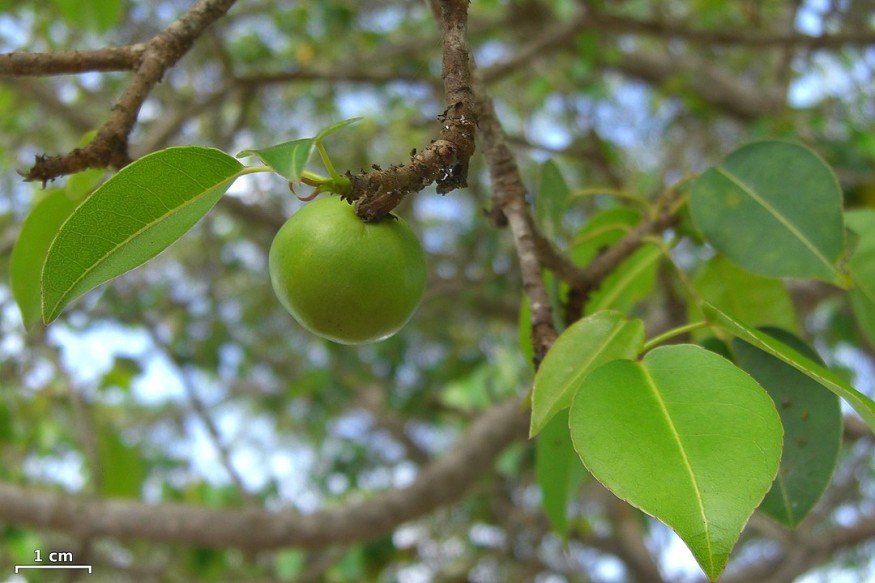Radiology expert Nicola Strickland visited a tropical island called Tobago, which was located in the Caribbean. The paradise was full of empty beaches that were seemingly untapped by the modern world. However, their holiday trip took a dark turn when Strickland and their companion bit one of the green,crabapple-like fruits among the coconut and mango dropped on the beach.
The fruit's scent had tones of sweetness which pushed the expert and her friend to taste it. Right after the sweet flavor, a burning sensation was felt by the pair. The taste transitioned to a kick that is similar to fresh pepper. Along with the bizarre taste of the supposedly sweet fruit was a tight grip in the throats of Strickland and their friend.
Hippomane Mancinella: Manchineel Tree

The fruit that inflicted the unfortunate experience to the expert and their friend is from a plant species called the Hippomane mancinella, most commonly known as the manchineel tree. Other identifications of the tree are more familiar to the locals in the tropical regions, including 'beach apple' or 'poison guava.'
Alongside the Caribbean, the North, Central, and South America have the manchineel tree planted on its grounds. The Guinness World Records acknowledged the Hippomane mancinella as the most dangerous plant species around the planet. Its name was derived from the Spanish phrase 'arbol de la muerte,' which means tree of death.
According to the University of Florida's Institute of Food and Agricultural Sciences, all of the botanical parts of the manchineel's composition are proven to contain intense rates of poison. According to the institute's blog, any method of ingestion or even physical interaction with the tree could be lethal for people.
The Sap of 'Poison Guava' Dangerous When Raining
The manchineel tree is a plant species under the group of the genus called Euphorbia. This group contains the famous plant poinsettia that is commonly used for holiday decoration. The Hippomane mancinella includes a type of thick sap that has an appearance similar to milk. This sap could be procured by the tree by oozing the substance from almost all of its botanical parts, such as the leaves, bark, and can be found inside its alluring fruit. Touch the sap could lead to a burning sensation on the skin and leave burn-like blisters on the flesh.
The manchineel's sap is composed of several toxic compounds, making the tree reserve its spot in the world records. Among the tree's thick sap contents is phorbol, which contributes more than half of the inflictions to its victims. According to Science Alert, the high rates of toxicity and water-solubility of the sap from the Hippomane mancinella could also be dangerous to a person under the tree during rain.
For public health safety, several regions across America frequently mark the manchineel trees with either a red cross or a red ring around its trunk. But even though the trees are frightening for many, Hippomane mancinella serves as a great barrier against the natural extremities such as storms and coastal erosion through its thick and large physical features.
RELATED ARTICLE : Prehistoric Penis Worm Priapulids Invented the Lifestyle of Hermit Crabs, Study Says
Check out more news and information on Biology in Science Times.
© 2025 ScienceTimes.com All rights reserved. Do not reproduce without permission. The window to the world of Science Times.










